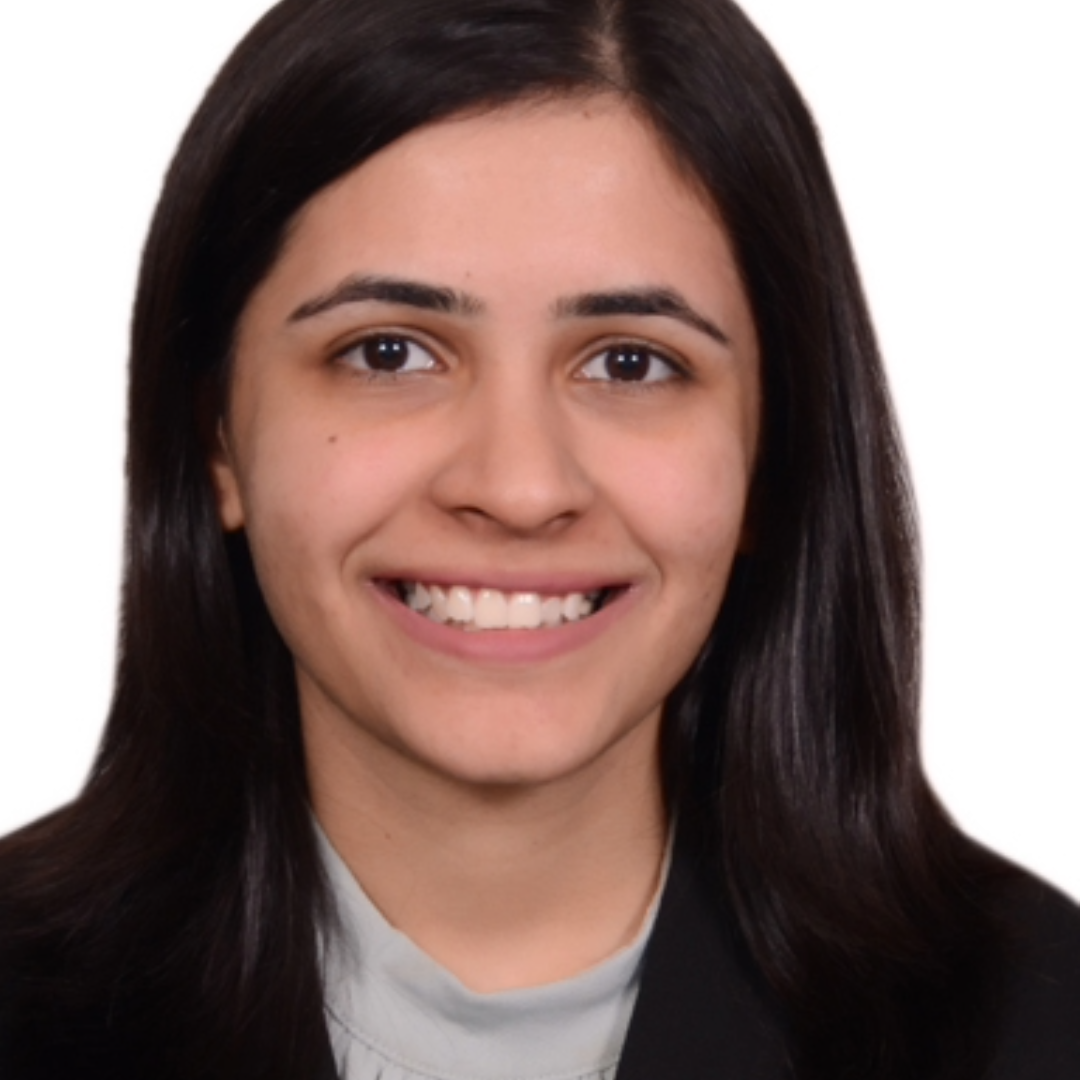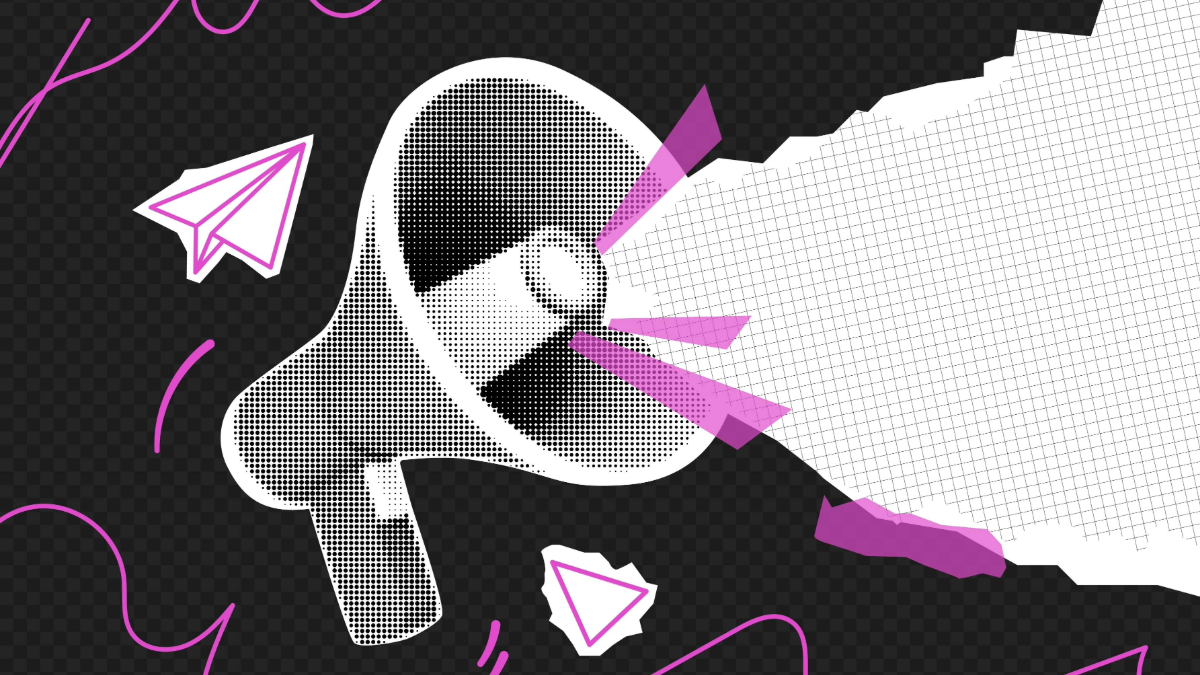Navigating the Convergence: Balancing Tradition and Innovation in India's Broadcasting Regulation
Shruti Shreya / Aug 12, 2024As per reports, the India's Draft Broadcasting Bill 2024 (hereinafter ‘Draft Bill’) aims to bring a unified regulatory framework encompassing traditional broadcasters, digital news platforms, over-the-top (OTT) streaming services, and digital intermediaries. While the intent to streamline regulation is commendable, the Bill raises several significant issues, particularly regarding content regulation and the convergence of different media platforms under one regulatory umbrella.
Convergence: A Double-Edged Sword
The convergence proposed in the Draft Bill operates on two levels: the merging of regulatory standards for traditional and digital broadcasters, and the inclusion of individual creators and influencers under the same regulatory umbrella.
On the first level, traditional broadcasters and digital platforms have fundamentally different models of operation. Traditional broadcasting employs a push-based model, where content is scheduled and transmitted over dedicated networks like direct-to-home (DTH) and cable TV. Viewers consume this content at predetermined times, as decided by the broadcasters. This model requires significant investment in infrastructure, licensing, and regulatory compliance, overseen by bodies like the Telecom Regulatory Authority of India (TRAI) and the Ministry of Information and Broadcasting (MIB). In contrast, OTT platforms and digital broadcasters operate on a pull-based model. They leverage existing internet infrastructure, allowing viewers to select content from vast libraries at their convenience, across various devices. This model is more flexible and less resource-intensive, enabling rapid innovation and adaptation to consumer preferences. By enforcing a singular regulatory framework, the Bill risks imposing outdated constraints on a dynamic digital ecosystem, potentially stifling the innovative practices that have allowed digital broadcasters to flourish.
On the second level, the Bill extends the definition of broadcasters to encompass individual creators and influencers. This move brings significant regulatory burdens to these individuals, who typically operate independently or with minimal support. Unlike large broadcasting corporations, individual creators lack the resources and infrastructure needed to comply with stringent broadcasting standards. The requirement for compliance could drastically slow content production and innovation, as creators may face bureaucratic hurdles and financial constraints.
Accordingly, the broader implications of this inclusion can be profound for the digital creative economy. The creative economy thrives on its flexibility, innovation, and ability to quickly produce and distribute content. Imposing traditional broadcasting norms threatens to decrease the pace and volume of content production, negatively impacting jobs and allied services within this vibrant sector. The creative economy, a vital component of India’s economic landscape, could see its growth stifled by such regulatory overreach.
Moreover, existing legal frameworks, such as the Bharatiya Nyaya Samhita and intellectual property laws, already govern online user behaviour, addressing issues like hate speech, defamation and copyright infringement. These frameworks ensure accountability and provide mechanisms to address offences without additional broadcasting regulations. Therefore, the proposed extra layer of due diligence appears unnecessary and counterproductive, potentially creating redundancy and administrative overload.
Due Diligence of Intermediaries: An Unnecessary Overlap
As per reports, the Draft Bill might introduce new due diligence requirements for intermediaries with respect to the digital news and streaming broadcasters on their platforms. At present, Section 79 of the IT Act and the IT Rules 2021 provide a comprehensive regulatory structure for intermediaries concerning user-generated content. Section 79 grants intermediaries a safe harbour from liability for third-party content, provided they comply with due diligence requirements. The IT Rules 2021 elaborate on this framework by setting detailed obligations for intermediaries, such as grievance redressal mechanisms and content takedown procedures.
The introduction of additional broadcasting regulations by the MIB creates a jurisdictional overlap, complicating the regulatory landscape traditionally overseen by the Ministry of Electronics and Information Technology (MeitY). This overlap is unnecessary and detrimental to clear governance, leading to potential confusion and inconsistent enforcement.
The Supreme Court, in the landmark case of Shreya Singhal v. Union of India, emphasized the concept of “actual knowledge” as a condition for intermediary liability. The IT Rules 2021 have already expanded on these due diligence requirements, mandating additional measures such as the appointment of a Chief Compliance Officer, which extend beyond what was established in the Shreya Singhal case. This comprehensive legal framework ensures that intermediaries are held accountable while balancing the need for free expression and innovation.
Therefore, the IT Act and the existing rules are sufficient to address the objectives of the proposed broadcasting regulations. Adding another layer of regulatory oversight risks overregulating intermediaries, burdening them with redundant compliance obligations. This duplication could stifle innovation and free expression within the digital ecosystem, undermining the effectiveness of current legal frameworks.
Self-Regulation Framework: Navigating New Challenges
The proposed self-regulatory structure introduces further complexities, particularly with the requirement for content evaluation committees to certify content. This requirement would affect content creators, including international figures like Aparna Mulberry or MrBeast, who would need to establish local CECs to share their work in India.
The Bill outlines a three-tier self-regulatory framework. Tier 1 mandates the appointment of a grievance officer by broadcasters to address complaints and ensure adherence to content standards. For individual creators, appointing a grievance officer is impractical due to limited resources and infrastructure. This requirement could lead to increased costs and administrative burdens, discouraging many from participating in the digital content space.
Tier 2 requires membership in a Self-Regulatory Organization (SRO). While SROs are intended to provide a collective platform for maintaining standards and resolving disputes, they also impose additional obligations on creators, including compliance with codes of conduct and participation in industry-wide initiatives. However, there is already an established three-tier framework under the IT Rules 2021, which the streaming industry reports as working well for them. This framework includes SROs and grievance mechanisms that effectively handle content regulation, suggesting that the new regulations proposed by the Bill may be redundant and unnecessarily burdensome.
Tier 3 involves the establishment of the Broadcast Advisory Council, a regulatory authority intended to oversee the self-regulatory process. However, as per reports, the guidelines regarding the Council's appointment and functions are ambiguous, raising concerns about its effectiveness and impartiality. The lack of clarity in the Council’s functioning could result in inconsistent enforcement of regulations and potential bias, undermining the integrity of the self-regulatory framework.
By recognizing the unique needs of both traditional and digital platforms, policymakers can foster an environment conducive to creativity and economic growth. Engaging with industry experts and stakeholders will help craft regulations that protect content integrity without imposing undue burdens on creators, allowing India’s digital media landscape to continue thriving.
Authors

